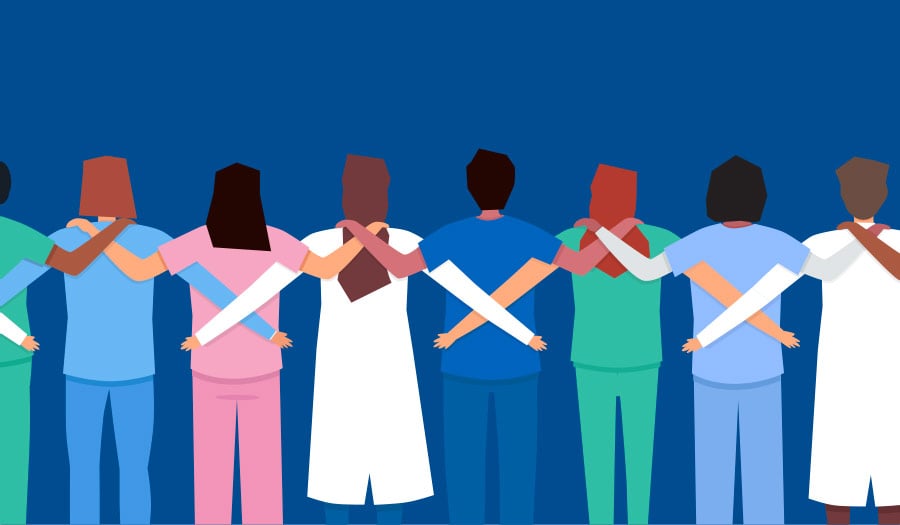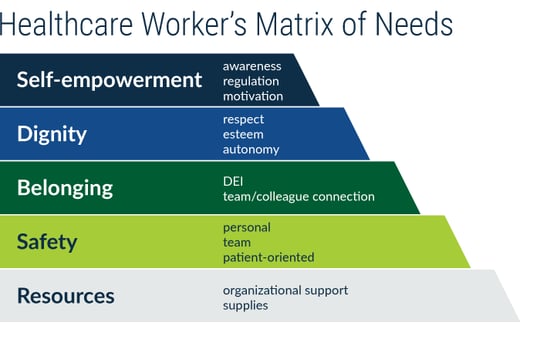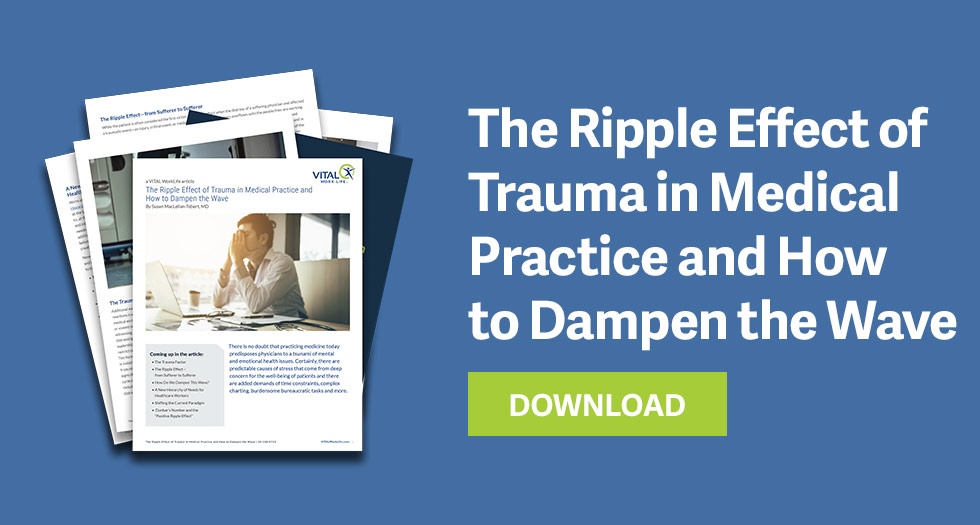Psychologist Abraham Maslow’s hierarchy of human needs is one of best-known and most influential products of mid-20th-century American psychology.
Initially proposed in a 1943 paper entitled "A Theory of Human Motivation" in the journal Psychological Review, the hierarchy is generally presented in the form of a pyramid.
This pyramid has the most basic requirements of physiological survival at the bottom—breathing, food, water and shelter—up through four more clusters of needs. These include safety and security; love and belonging; self-esteem; and finally, “self-actualization” which touches areas such morality, creativity, spontaneity, purpose and meaning. According to Maslow, the needs on any of the four lower levels have to be met before the next level’s needs can be addressed.

What Was Missing in Psychology
In creating the hierarchy, Maslow was attempting to fill out what he considered to be the limited picture of the human person created by the two dominant modes of psychological thinking in his day—Freudianism, which focused almost exclusively on neurosis and other pathologies, and Behaviorism, which took no account of thoughts or feelings in explaining human behavior.
“Maslow,” writes Nicole Celestine on the Positive Psychology website, “held a conviction that none of the available psychological theories and approaches to studying the human mind did justice to the healthy human being’s functioning, modes of living, or goals.”
Maslow’s approach, and his pyramid, influenced the psychological profession in many ways, helping for example, to give birth to humanistic psychology and the contemporary “positive psychology” movement.
An Approach for Physicians–Matrix of Needs
The Maslow pyramid/hierarchy has been both modified and criticized in the decades since. Its status as an icon of broad concern for human needs has led me to modify it in an attempt to come to terms with what physicians and other medical practitioners need in an age when the practice of medicine has been producing epidemic stress, burnout, moral injury and worse.
In my essay on the traumas physicians experience and how they can pass their traumatic response to others in a “ripple effect,” I prescribe new ways of thinking about how physicians can be lifted out of hard times, including an approach to physicians’ needs that runs like this from bottom to top:
 Resources: Organizational support, adequate supplies, etc
Resources: Organizational support, adequate supplies, etc
Safety: Personal, safety, team safety, patient-related safety
Belonging: Connection to colleagues, team, organization and diversity, equity, inclusion
Dignity: Respect and esteem from colleagues and leadership; professional autonomy
All of these values support self-empowerment: the practitioner’s awareness, self-regulation and motivation.
It’s a take on Maslow’s hierarchy of what I see as important needs that are not consistently being met in a medical culture. I describe a “patriarchal, top-down, shame-and-blame culture in which reaching out compassionately to a physician who's suffering is the exception rather than the rule.” It’s also of importance that those in healthcare understand we move between multiple needs at any given moment. For example, we may achieve self-efficacy for a time, and then another trigger, let’s say a sudden lack of resources, may bump us down to a lower level.
It may seem like an impossible juggling act–but for physicians and their leaders, it’s crucial not just for survival, but thrivival.
Learn more about my take on what physicians need to survive and thrive by checking out my article, The Ripple Effect of Trauma in Medical Practice and How to Dampen the Wave, here.
This matrix, can of course be transferred over to the healthcare worker–both personas can be empowered by VITAL WorkLife well-being resources.



